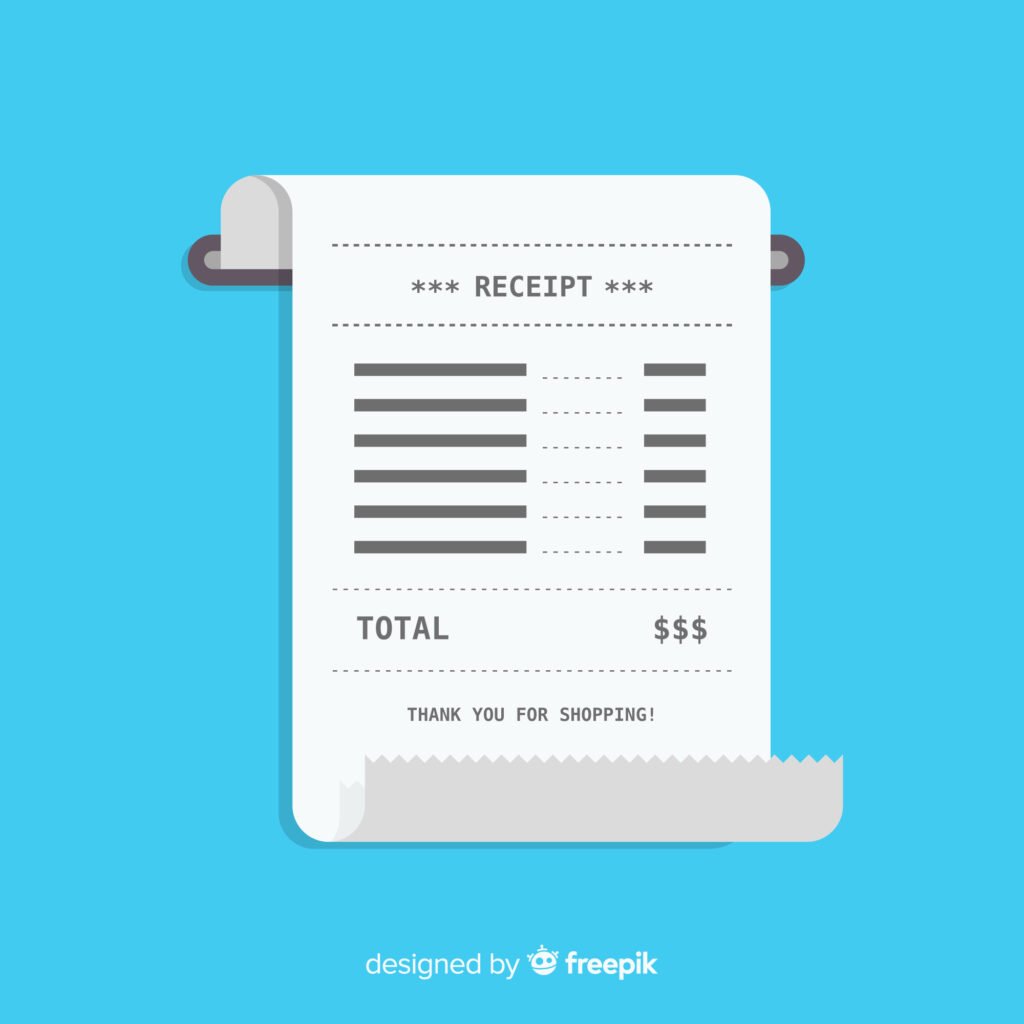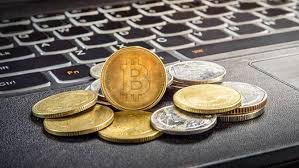Choosing the Right Counterfeit Bill Detector for Your Business

Fake money isn’t just a big-city problem anymore. It’s everywhere. Small shops, cafes, even farmers markets—no one’s safe. If your business handles cash, a single bad bill can hurt your profits. And it happens faster than you’d think.
The fix? A solid bill checker. But with so many gadgets and tools out there, how do you pick the right one?
Keep reading. You’ll learn what types of detectors exist, which one fits your business, and how to choose wisely without overspending.
Why Every Business Needs a Counterfeit Detector
You work hard for every dollar. So it stings when one of those dollars turns out to be fake. And here’s the scary part—counterfeiters are getting good. Really good. Some fakes are so close to the real thing that even experienced cashiers can miss them.
The damage goes beyond losing money. Accepting fake cash can also:
- Hurt your brand’s reputation
- Slow down operations during busy hours
- Put unnecessary stress on your team
Even if your business only handles a few hundred dollars in cash daily, it’s still at risk. In fact, criminals often target small businesses because they’re less likely to use detection tools.
A counterfeit detector is like a filter. It separates the bad from the good, fast. So you stay protected without second-guessing every bill.
Types of Counterfeit Detectors: Which One Fits Your Business?
-
Counterfeit Detection Pens
These are the old-school go-tos. You draw a small mark on the bill. If it turns dark, the bill might be fake.
Why people love them:
- Cheap (usually under $10)
- No training needed
- Small and easy to carry
But don’t let their simplicity fool you. They only work on certain kinds of paper. Sophisticated counterfeiters can beat pen tests easily by using bleached real bills or synthetic paper.
Good for: Small vendors, yard sales, or low-volume businesses that just need basic protection.
2. UV (Ultraviolet) Detectors
These use ultraviolet light to reveal hidden marks and threads found in real U.S. currency.
Here’s how it works: Shine the UV light on the bill. If it’s legit, it’ll glow in specific spots.
UV detectors are:
- Inexpensive
- Fairly accurate for casual use
- Widely available
But the downside? You need proper lighting and trained eyes. Plus, some bills might have worn-out features that don’t show clearly.
Good for: Retail stores, bars, and convenience stores where bills are checked quickly but often.
3. MG (Magnetic) Detectors
These test for magnetic ink embedded in legitimate bills. It’s fast and more reliable than a pen.
Pros:
- Can detect more advanced fakes
- Easy to use with practice
- Works well when paired with other tools
Cons:
- Not all legit bills have strong magnetic signals
- Some international bills may not be compatible
Good for: Businesses that handle frequent cash but don’t want to upgrade to a full machine yet.
4. IR (Infrared) Detectors
Infrared detection is used by banks and financial institutions. It checks for invisible patterns printed with infrared ink.
What makes IR detectors powerful:
- Can identify very advanced counterfeit bills
- Minimal false positives
- Works well with all denominations
However, these units tend to be pricey and are often part of larger devices.
Good for: Banks, car dealerships, casinos, or anyone handling thousands of dollars in cash per day.
5. Automatic Multi-Detection Machines
These are the full-package solutions. They scan for UV, MG, IR, and even measure bill size and weight. Feed the cash in—it does the work.
These machines:
- Offer the highest level of accuracy
- Detect multiple currencies (in some models)
- Help prevent employee mistakes
The catch? They’re not cheap. But they’re worth every penny for high-volume businesses.
Good for: Supermarkets, busy retailers, fast food chains, and cash-counting offices.
Key Features to Look For in a Bill Detector
Don’t get blinded by fancy features you’ll never use. Here’s what really matters:
- Speed – Can it keep up with your busiest hours?
- Accuracy – Does it catch the fakes or let them slide?
- Ease of Use – Can your staff learn it in minutes?
- Bill Compatibility – Does it support new and old versions of currency?
- Portability – Do you need to move it around or keep it in one spot?
- Maintenance Needs – How often does it need cleaning or calibration?
Pro tip: Look for machines that update when new bills are released. Otherwise, you’re stuck detecting old fakes with outdated tools.
Compliance, Security, and Staff Training Tips
Having the right tech is only half the battle. Your staff needs to use it—and trust it.
Make sure new employees get quick training during onboarding. Even five minutes can make a difference. Post visual guides near registers. Show common features of real bills:
- Security thread placement
- Color-shifting ink on numbers
- Watermarks of the same face as the printed portrait
Also, make it clear—every bill over a certain amount must be checked. No exceptions. That creates a culture of awareness and routine.
Bonus tip: Keep an eye on scams in your area. Join a small business group or check local crime alerts. Fraud patterns tend to spread from city to city.
Budget vs. Value: Making a Smart Investment
Everyone wants to save money. But when it comes to protecting your cash flow, a little investment goes a long way.
Think about it:
- A pen might cost $5, but misses $100 in fakes
- A $150 machine could stop a $500 mistake in one day
Ask yourself:
- How much cash does my business handle in a week?
- How much downtime can I afford at checkout?
- Would I rather spend a little now or risk big losses later?
The right detector isn’t just a tool. It’s insurance for your earnings.
Choose with Confidence
You don’t need to be a security expert to pick a good bill checker. You just need the right info.
Start small if needed. But plan ahead. Businesses grow. And as they do, so does the risk.
Look for products with solid reviews. Ask peers in your industry what they use. And remember—whatever you choose, train your team to use it. Every time.
In the end, a counterfeit detector is more than a machine. It’s protection. It’s peace of mind. And it’s a smart step toward keeping your hard-earned money safe.






